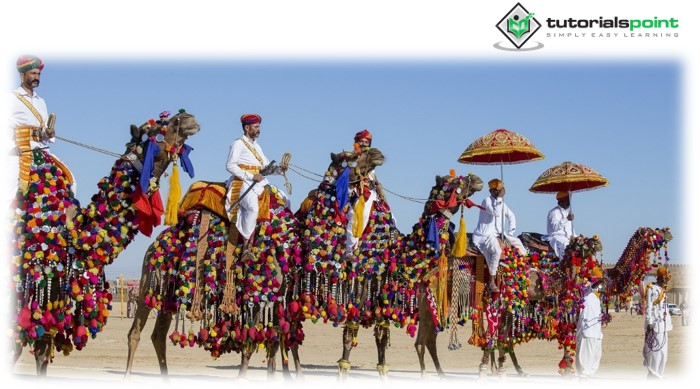

There are a thousand words in a picture. This could be the most effective technique to comprehend how important clothes are to identification. Without verbal indications, people frequently establish opinions of others based on visual clues, including that person’s attire. A nonverbal tool that is also expressive is clothing. Static signals, such as clothing style and height, are distinguished from “dynamic” cues, which include body language, posture, and facial expression. Whether it’s accurate or not, how people see you plays a significant role in your identification.

It is believed that people use their attire to enhance their looks and to establish and preserve their individual identities. Clothing is a means for someone to stand out from the crowd and enhances their sense of individuality. People unconsciously present their social identities to others through their attire and wear, but they also manage to identify with it, and in some instances, it can be seen as an extension of a person’s position. Based on an individual’s attire, ideas of identification about status, career, religion, and position can change. A person is thought to have a greater status in society if they exhibit good fashion sense.
People use clothing as a symbol of their relationship to other people as well as a means of defining and communicating their social identity to others. Therefore, although a perceiver’s traits and behaviours may influence how that person forms opinions of others, their social groups may also influence how that person perceives themselves and the clothing they choose. Making wise clothing selections and wearing the appropriate attire are indicators of prestige, freedom, and knowledge. A black silk garment, for instance, radiates panache, refinement, elegance, and power. Additionally, the fabric clearly conveys attributes like opulence and elegance. Similar to above A uniform indicates your occupation.
It includes -
Professional and administrative attire today helps to distinguish the wearer and give him or her personal or assigned power. A judge’s wig and robes, as well as the uniforms of soldiers and police officers, are examples of this. The clothing worn by prisoners is at the other end of the spectrum.
In most countries, those in positions of power and influence flaunt their status and riches by wearing certain types of clothing and choosing particular colours and fabrics. In certain civilizations, total nudity was regarded as a deplorable state devoid of status based on the same logic. Slaves were considered to be “non-persons,” hence they were allowed to be nudists. The Mochia people of pre-Inca Peru stripped their prisoners of their garments, dehumanising them and removing their status. Through onerous sumptuary laws, rulers have endeavoured at various points in history to maintain the status quo between themselves and the common people. Velvet, lace, and fur were prohibited by mediaeval law, while purple and gold were hues that were only appropriate for royalty and nobles.
The uniforms of the armed services, for example, intimidate or evoke obedience, promote allegiance, loyalty, and a sense of identity among the ranks, and emit clear signals indicating hierarchy through the designated number of buttons, insignia, and ribbons. Clothes also clearly denote rank and power
The social and marital status of women is often shown by their clothing and jewelry. A girl might use coins to indicate her readiness for marriage among the Yoruk Turkis nomads by bordering her silk headdress. She wears a white scarf in addition to the headgear when betrothed. Under her black scarf, the widow braids her hair if she intends to be married again. In some regions of India, the Mangalsutra necklace and the vermillion- or crimson-colored Sindoor powder used in the hair parting are signs that a woman is married. In Western culture, a wedding band on the ring finger denotes marital status.
By establishing authority and inspiring terror and awe in others, costumes also aid in identifying exceptional people. Certain elements of the tribal chieftain’s attire distinguish him from the crowd by demonstrating his authority and special status. Similar to this, a warrior’s attire highlights his superior physical stature. A tribal shaman distinguishes himself as a person “supposedly” blessed with supernatural power to heal or drive away evil by donning distinctive clothing, a mask, and carrying accessories.
Identification is essentially a perception-based concept. People around you will be impacted by how you dress. If someone wants to show their identity, they must dress. Without a doubt, how other people see you influences how confident or low-spirited you feel about yourself. As a result, every piece of clothing is of high quality, which is another important factor in how our mood, personality, and sense of self-worth are affected by fashion. Clothing has many classes, and it also has personalities. Each design element, including the hues, textures, and shapes, defines a specific perception. All of these combine to establish a certain standard that relates to individuality as well as personal style.